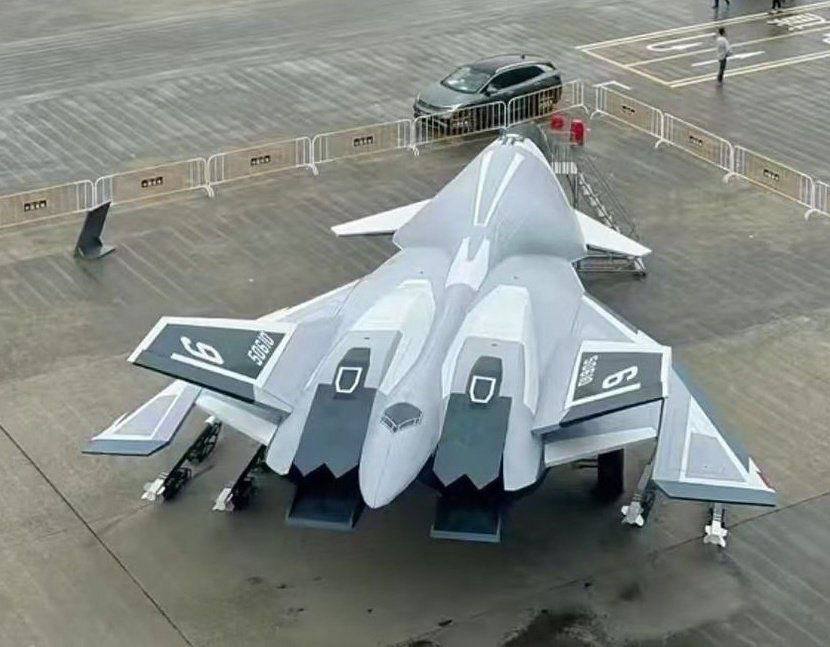A Stealthy Space-Air Fighter with the Potential to Shift Military Balance
Introduction to the White Emperor
China recently unveiled a mockup of its 6th generation fighter, the “White Emperor” (Baidi), at the Zhuhai Airshow. This new aircraft is developed under the Nantianmen Project, which aims to combine air and space capabilities. The fighter could potentially pose a threat to U.S. satellites, further intensifying military competition between the two powers.
Design Features of the White Emperor
The White Emperor boasts cutting-edge stealth features. It includes a low-reflective cockpit and expanded internal weapons bays, improving radar evasion. Its sleek, aerodynamic design hints at high performance and agility in combat. These features reflect China’s commitment to developing an advanced fighter aircraft that can operate in both air and space domains.
The aircraft’s stealth design ensures it remains undetected while carrying out strikes, offering significant tactical advantages. Its ability to carry large payloads inside the aircraft further reduces radar visibility, enhancing the stealth factor. The White Emperor is a powerful symbol of China’s aerospace ambitions.

A New Class of Fighter Aircraft
This aircraft represents a leap beyond traditional 5th generation fighters. Its design focuses on both atmospheric and space operations. The White Emperor may be capable of countering U.S. satellites, signaling China’s push for space-based warfare capabilities. The concept of an “integrated space-air fighter” suggests the aircraft could engage targets in space, offering unprecedented versatility.
Although still conceptual, the White Emperor’s introduction shows China’s growing technological sophistication. It aligns with the country’s broader military strategy to develop multi-domain warfare capabilities, combining air, space, and potentially cyber warfare into one unified force.
Implications for Global Military Competition
The White Emperor could significantly alter global air power dynamics. Along with China’s advancements in programs like the J-35 fighter and H-20 bomber, the White Emperor signals China’s intent to challenge U.S. military supremacy. This could drive further investments in the U.S. Next Generation Air Dominance (NGAD) program and other advanced aircraft technologies.
China’s aerospace progress also suggests the possibility of a space-focused arms race. As both countries compete to control the skies and space, the White Emperor marks China’s boldest statement yet in this escalating military competition.
A Game-Changer in Modern Warfare
If realized, the White Emperor could redefine aerial and space combat. Its combination of stealth, speed, and space capabilities could make it a formidable tool for modern warfare. This fighter would set new standards for military aviation, influencing both tactics and technologies for years to come.
China’s development of the White Emperor highlights the increasing importance of air and space superiority. The aircraft represents a shift in military thinking, as nations prepare for future conflicts in both air and space domains.
Our Visitor






 Users Today : 6
Users Today : 6



